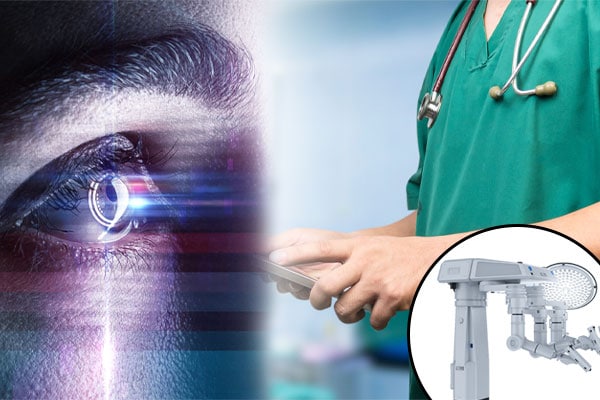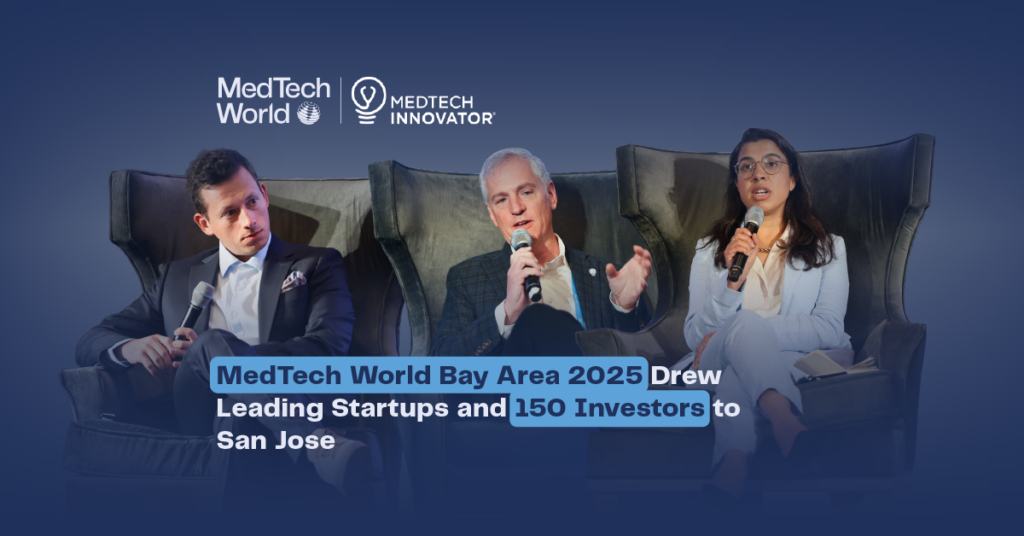
Michael Joe Cini
19th July 2021
Tech Marries Surgery
Survival rates have been improving, post-operative infections have been decreasing – yet there is still so much more value that tech can add to surgery
Words by Dr. Ryan Grech and Dr. Dylan Attard, Clinical & Health Tech Advisors for MedTech World and two of the co-founders of Digital Health Malta.
Technology is changing healthcare, and it is changing every aspect of healthcare – that includes surgery. Surgical technique has improved drastically over the last couple of decades. Survival rates have been improving, post-operative infections have been decreasing – yet there is still so much more value that tech can add to surgery. The level of precision and efficiency which technology can contribute is unparalleled, thanks to AI and robotics. Not only that but tech can also have an incredible role in educating future surgeons without their first-time practice being on a patient.
We are already at a great stage where, for example, around 15% of all operations used robotic support or assistance in the U.S. in 2020. There is still a long way to go and something that we need to see more of is evidence, evidence and more evidence. These are two things that we think are having and will continue to have an impact on the future of surgery.
Surgical robotics
This is certainly a growing field with perhaps the da Vinci surgical system, being the most well-known system that can be applied to a wide variety of specialities, from cardiac to prostate surgery. It was introduced over 20 years ago and thanks to advances in technology from computing power to AI its advancements have been unremarkable. Surgical robots use 3D cameras to stream video to a computer screen somewhere nearby beyond plexiglass as the doctor proceeds with the operation. The da Vinci instruments can bend and rotate far greater than the human hand and therefore they can produce far greater results from smaller incisions. This not only allows better surgery but drastically improves recovery time as well.
With the da Vinci surgical system the surgeon is constantly in control of the robotic system although the robot itself assists the surgeon in suturing, dissecting and retracting tissue thereby increasing precision and efficiency. Sometimes, surgeries can take hours and fatigue can start to take over after you’ve been retracting the liver for hours – robots don’t get tired.
There are also plans for autonomous robotic surgeons in the pipeline. Whilst this sounds futuristic, and we certainly love the idea, but one thing that we need to look out for is – what happens when things go wrong? Something that we have learned with laparoscopic surgery is that when things go wrong the surgeon still needs to convert the surgery to an open one. So what happens when something goes wrong? Will we be deskilled to resort back to the old ways?
3D printing
3D printing use has been increasing exponentially in these past years. The reasons for this are threefold. First of all complicated and risky surgeries, that last hours need lots of careful planning. 3D printing allows surgeons to use CT or MR data to build models of their patients and simulate various scenarios, techniques before the real deal. After all, preparation is half the battle and therefore this can significantly improve the outcome. For example in 2016, in China, a team of surgeons decided to build a full-sized model of a baby’s heart with a congenital defect. The preplanning was crucial in ensuring a completed uncomplicated surgery.
The second reason is bioprinting. Researchers at Penn State University repaired skin and bones by bioprinting during surgery in a rat model. “It took less than 5 minutes for the bioprinter to lay down the bone layer and soft tissue,” Professor Ibrahim T. Ozbolat said. The next step is translating this to human applications.
Finally, medical education. At the moment there is a lot of reliance on cadavers which, whilst are extremely useful for education 3D printing, can open a realm of new possibilities for medical students and surgeons with even printing parts of bodies with certain diseases. A pair of physicians at the University of Rochester Medical Center (URMC) developed a way to use 3D printing to create artificial organs which look, feel and even bleed. Anatomy especially is very visual and therefore we think that this will make it easier for students to understand anatomy. Not only that but 3D models allow trainees to practice procedures and increase their confidence and skill set.
Live diagnostics
Cancer surgery may have a revolutionary twist in the near future. Professor Zoltan Takats of Imperial College London developed the intelligent surgical knife, which he called eloquently, iKnife. Attached to the electrocautery knife is a mass spectrometer that analyses the smoke released and has been shown to be highly sensitive in distinguishing cancer from non-cancer tissue.
Med-Tech World: 18th-19th November 2021
The Med-Tech World conference, which follows a successful digital event in 2020, will run from 18th-19th November 2021 and will highlight innovations and developments in digital health across the globe. With so many countries realising the potential for exponential growth, Med-Tech World will address the opportunities and challenges driving this multi-million forum – embracing the potential for technological innovation to change the face of medicine in this global sector. Register your interest here!




